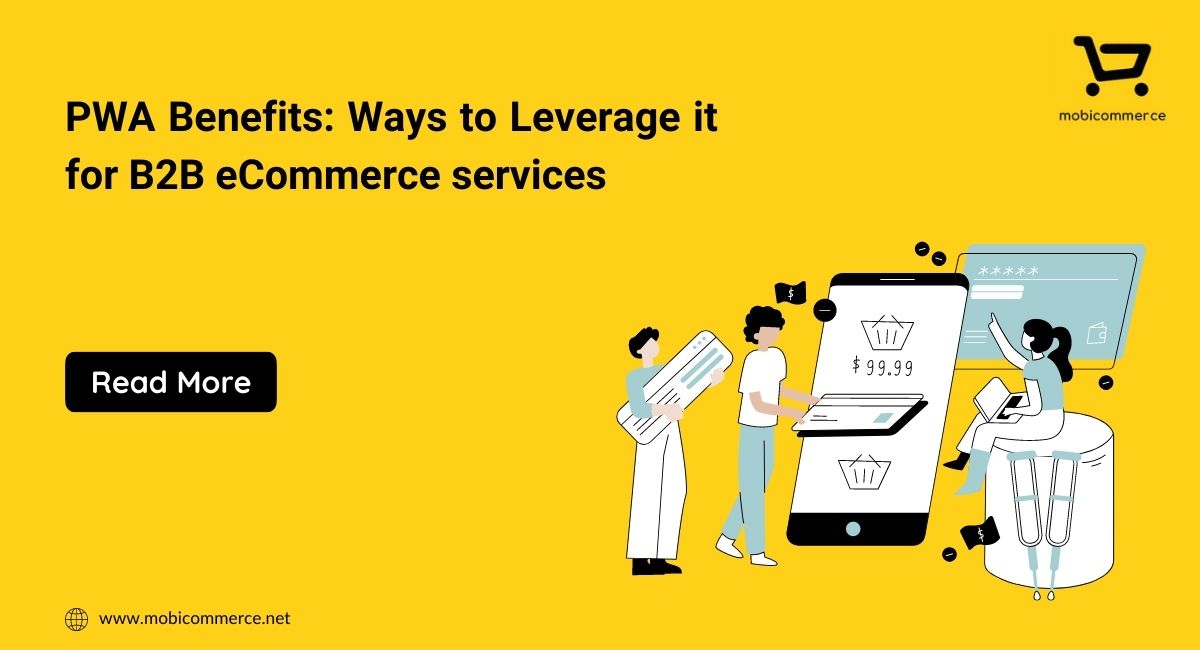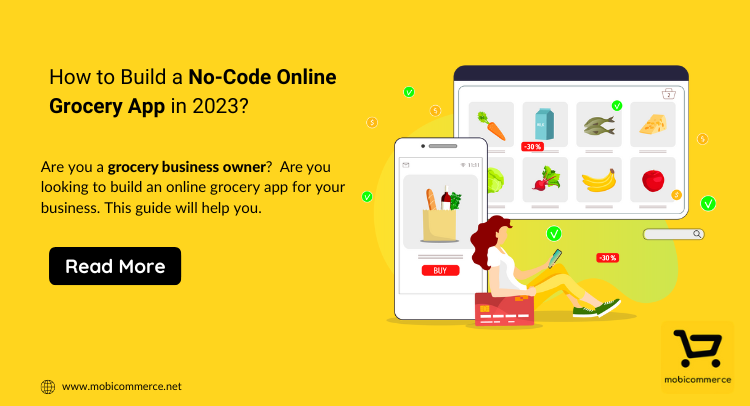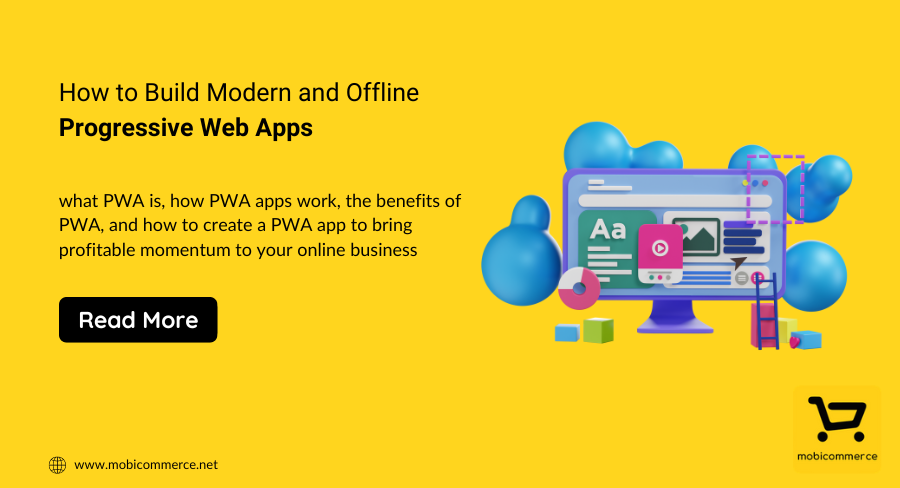
Ever since shopping through a mobile device has garnered popularity, eCommerce businesses across domains are going through their websites on mobile to see if the experience their customers have on desktops is similar to that on mobile.
Yes, it is 2020; however, the shopping experience on mobile is still not where it needs to be. There are still many eCommerce stores that deploy poor UI/UX design tricks (e.g., pop-ups) on their mobile sites to repel their potential customers.
Statista reports 3.8bn smartphone users by 2021, out of which 49% shop on mobile. Despite that, only 12% of consumers find mobile shopping convenient. That is a lot of room for improvement for eCommerce businesses.
When it comes to mobile, there are two options that they can explore, namely: Progressive Web Apps (PWAs) and native apps. Interestingly, consumers spend 3X-to-4X longer on native apps as compared to the time spent on mobile sites and desktops.
Similarly, PWAs achieve 50% higher conversions in the eCommerce sector. The benefits of both options are in front of you. But what is most apt for your business? To help you decide, let’s do a comparative analysis between a PWA and a native app.
Native apps offer the best UI/UX experience through the right amount of animations and effects, efficient gesture control, appealing layouts. Users can instantly browse through the app.
Meaning, the design, and settings of a PWA are similar to those of native apps. It combines the look and feel of mobile apps and the best UX website elements.
PWAs are responsive and load promptly, thereby eliminating any jerky transition that can hamper the user experience. They can be used offline. Native apps can take time to load and/or not load at all if there is no internet.
PWAs and websites share the same speed and responsiveness capabilities, complete with database access and automatic data. A native app functions separately.
Users will have to visit the app store, search for your app, and download it. However, a native app is easily discoverable on the internet and also gets automatically updated.
A PWA eliminates the issue of app fatigue. It doesn’t need to be discovered, downloaded, or updated. Users can go to the browser on mobile and search for you.
PWAs offer faster access to built-in device features such as camera, phone book, biometric sensors, a recent location, microphone, and more, which could be troubling.
A native app, on the other hand, makes use of device functionality and hardware responsibly and asks for the users’ permission before accessing anything on mobile.
Since PWAs are web-based, each page on the web app is indexable. That means, PWAs enjoy a high searchability rate on search engines such as Google, Yahoo!, and Bing. Further, users can share the PWA with just a brief URL.
A native app needs to be optimized for app stores, which includes using descriptive meta titles, using the right keywords, uploading high-quality app screenshots, encouraging positive reviews.
To develop a native app, one must know different languages such as Swift and Objective-C for iOS, C# for Windows, Kotlin, and Java for Android. This is time-consuming and expensive unless you opt for a Magento eCommerce development company to build you a customizable solution
PWAs save time and money because it needs to be developed once – irrespective of the operating system or web browser.
PWAs sound feasible from all aspects – financially, discoverability, usability. Many eCommerce brands have deployed the technology, two of which are:
PWA of global online marketplace OLX allows users to avail of a chat option for negotiating product prices, along with features such as Add to Cart, push notifications, and offline functionality. OLX managed to improve CTR by 146% and reduce bounce rates by 80%.
The Germany-based hotel booking marketplace app launched a PWA a few years ago that comes with multilingual support and features like offline functionality, push, speed. With their PWA, Trivago increased user engagement and CTR by 150% and 97%, respectively.
When choosing between the two, you must decide what purpose you are planning to serve for your potential customers. Sure, a PWA can offer an app-like experience to consumers on mobile. If you just want that, then it makes no sense to invest resources in developing a native app.
However, if a PWA can’t add anything to your existing mobile app experience, or if you want a specific feature to be available on mobile and PWAs don’t support it, partner with a mobile commerce development company.
Do your research and see how having either of the two apps will impact your eCommerce store.

In order to improve user experience, businesses are increasingly turning to progressive web apps, which combine the best features of regular apps and websites. Ecommerce businesses which have created mobile-first PWAs have seen significantly faster page loading times, better conversion rates and improved engagement. On average, a website using PWA can increase speed performance by… Continue reading PWA benefits: Ways to Leverage it for B2B eCommerce services

If you have a grocery store and you are looking to take your business to the next level, then this is the right time to invest in grocery mobile apps. A report by Oberlo suggests that online grocery sales in the US are expected to reach $160.91 by 2023. Not only this, the revenue continues… Continue reading How to Build a No-Code Online Grocery App in 2023?

Most businesses create an app to establish their business in the digital world. But after some time, these businesses end up investing much more money by creating different versions and similar apps for different operating systems to stay relevant in the market. Later on, this choice of businesses becomes painful as they spend more money… Continue reading How to Build Modern and Offline Progressive Web Apps
Sign up for our newsletter and be the first to receive all the latest updates.
Request a callback from us by filling the form below.

Get your project estimate. Brainstorm business ideas. Book a demo. Get complete support and so much more!